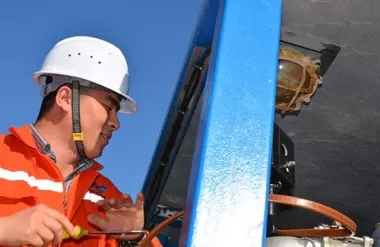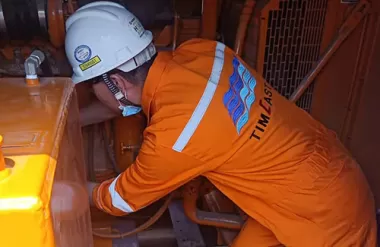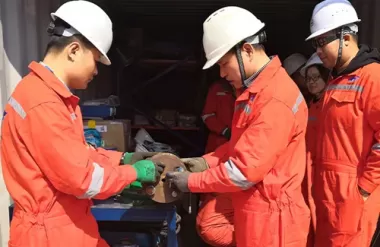Sep. 23, 2023
Pipeline cleaning is essential for maintaining the integrity and efficiency of pipelines in various industries. Over time, pipelines can accumulate deposits, contaminants, and blockages that can hinder their performance. To address these issues, several pipeline cleaning methods are employed. In this article, we will explore six common methods of pipeline cleaning:
1. Mechanical Pigging:Mechanical pigging is one of the most widely used methods for cleaning pipelines. It involves the use of a "pig," which is a cylindrical device inserted into the pipeline. Pigs can be made from various materials and can be equipped with different cleaning elements, such as brushes, scrapers, or magnets. As the pig travels through the pipeline, it scrapes and removes deposits from the inner surface, effectively cleaning the pipeline.
2. Hydroblasting:Hydroblasting, also known as water jetting, is a high-pressure cleaning method that uses water jets to remove deposits and contaminants from the pipeline's inner surface. High-pressure water is directed at the buildup, dislodging it and allowing it to be flushed out of the pipeline. Hydroblasting is effective for a wide range of pipeline materials and deposit types.
3. Chemical Cleaning:Chemical cleaning involves the use of specialized cleaning agents or solvents to dissolve and remove deposits from the pipeline. This method is particularly useful for pipelines in the chemical, pharmaceutical, and food processing industries. The choice of cleaning chemicals depends on the nature of the deposits and the materials of construction.
4. Gel Pigging:Gel pigging is a variation of mechanical pigging that involves the use of a gel-like substance instead of a solid pig. The gel is pumped into the pipeline and pushed through by the flow of product. As it moves through the pipeline, the gel adheres to and removes deposits, providing effective cleaning. Gel pigging is often used in the oil and gas industry.
5. Ultrasonic Cleaning:Ultrasonic cleaning utilizes high-frequency sound waves to create microscopic bubbles in a cleaning solution. These bubbles implode upon contact with the pipeline's inner surface, generating intense cleaning action. Ultrasonic cleaning is effective for removing contaminants and deposits, especially in industries with strict cleanliness requirements, such as pharmaceuticals and electronics manufacturing.
Critical & Relief Valve Ultrasonic Testing
6. In-Line Inspection (ILI):While in-line inspection (ILI) is primarily used for pipeline assessment and integrity testing, it can also aid in cleaning pipelines. Intelligent pigs equipped with sensors and cameras can assess the condition of the pipeline, identify deposits and blockages, and provide data for subsequent cleaning efforts. ILI is often employed in the oil and gas industry to ensure the safety and integrity of pipelines. Each of these pipeline cleaning methods has its advantages and is chosen based on factors such as the type of pipeline, the nature of deposits, and the industry's specific requirements. Regular pipeline cleaning is essential to prevent flow restrictions, corrosion, and contamination, ensuring the safe and efficient operation of pipelines across various sectors.
Dec. 12, 2023
The Basics of Electric Heat Trace Technology In the world of industrial processes and temperature control, Electric Heat Trace (EHT) technology plays a crucial role.Nov. 23, 2023
Performing a Leak Test: Step-by-Step Guide A leak test is a crucial procedure to ensure the integrity of a system and identify potential leaks in pipes, joints, or containers.Nov. 08, 2023
Main Steps of a Flange Management Procedure Flange management is a critical aspect of maintaining the integrity and reliability of piping systems in various industries.

